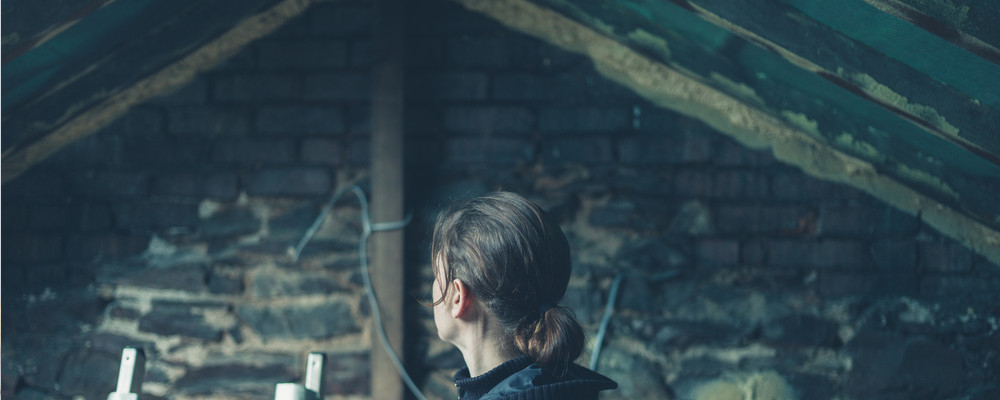
The task of insulating a building can be a challenging one at the best of times, but insulating period properties are notoriously even trickier. They’re highly demanding and delicate environments, so whether you’re installing floor or roof insulation, there are a lot of factors you’ll first have to take into account. Below, we’ve outlined some of the most important!
Planning permission and building regulations
Before you start drawing up any plans for insulating the building (metaphorical or not!), you’ll first need to ascertain exactly what changes you’re allowed to make. The reasons for this are obvious - if you’re making changes to a building, you’ve got a responsibility to preserve its inherent cultural value and character. Owners and tenants of period properties are likely to have a pretty good idea of the conservation protections in place on their building, but it’s always worth double checking. You might find that you’re prevented from altering the exterior of the building by planning or conservation restraints, which leaves you relying on internal insulation only. Or, it might be the other way round. Either way, it can have a dramatic effect on your plans from an early stage, so make sure you prioritise it.
Think about your budget

Obviously this is always a universal consideration, but there’s a reason in this case why it should be the very next on your list, after legislation. Unlike with many home renovation jobs, it’s almost impossible to set out a universal budget range for insulating a period property. The individual characteristics and histories of these buildings means that they often have very specific requirements, which means you have very little wiggle room to cut costs anywhere without compromising on the safety or the quality of the insulation. In other words, it simply costs what it costs, so make sure you take into account all aspects of the job before you begin, so that you don’t run out of capital halfway through.
Take a whole-house approach to assessing the building’s condition
Again, this will always be important no matter which building we’re talking about, but it’s especially vital for period properties. The reason why we say to take a ‘whole house approach’ is because it can be tempting to look at insulation as a standalone issue, especially if the house has been given a poor rating on an Energy Performance Certificate (EPC). However, if you don’t take the overall structure and fabric of the building into account, it can make the job a lot longer, more difficult and more expensive. Old buildings can be particularly complex environments, sensitive to even minor changes, which means that work that’s rushed can end up having serious unintended consequences. Damaging the building, for one!

Before you start any work on the insulation, it’s worth assessing the property for both air tightness, building ventilation, and damp. In many cases, more heat is lost through draughts than through poor insulation, and it can have a disproportionate effect on how chilly we feel. This means that you’ll need to decide quite early on whether you’ll be draught proofing the property, alongside installing the installation. Plus, damp structures tend to lose a great deal more heat than dry ones, and on top of that they can pose a threat to human health, too, so you’ll need to think about whether or not you’re damp proofing the environment. Once you’ve got more of an idea about the building’s overall state, you can then move forward with your plans for insulation.
Understand breathability
Before work begins in earnest, it’s essential to understand how the fabric and structure of the building works. Builds that pre-date the 1920s most frequently use solid walls using soft, flexible and permeable materials. You wouldn’t normally expect to find a vapour barrier or damp proof membrane within an Edwardian house built in 1910. Instead, materials like stone manage damp and moisture mostly through absorption and evaporation, otherwise known as breathability. Since these materials are expanding and contracting on a continual basis, you’ll need to make sure any work you do on the property accommodates the breathable nature of the building’s fabric. This will affect, for example, your choice of insulation. You’ll need to use a breathable fabric to avoid condensation, damp and decay building up in the joists, which could damage the structure of the building.
As with all work on period properties, insulating one is never going to be an easy job. However, if you’re planning on tackling the job, you’ll find everything you need right here at R&J Builders Hardware. With 40 years of history behind us, we’re a one-stop shop for all builders hardware and joinery. As well as products centred on insulation and damp proofing, we’ve also got a huge range of plastering and DIY equipment. You can click here to explore our range, or give us a call on 01254 52525!





